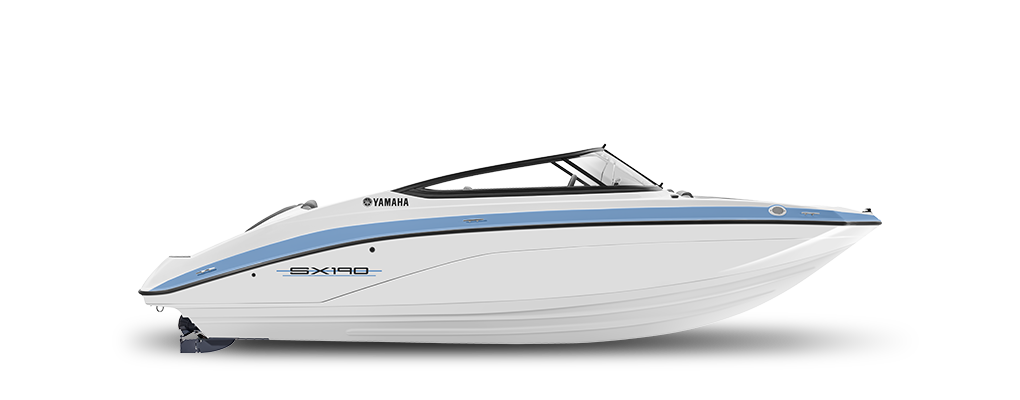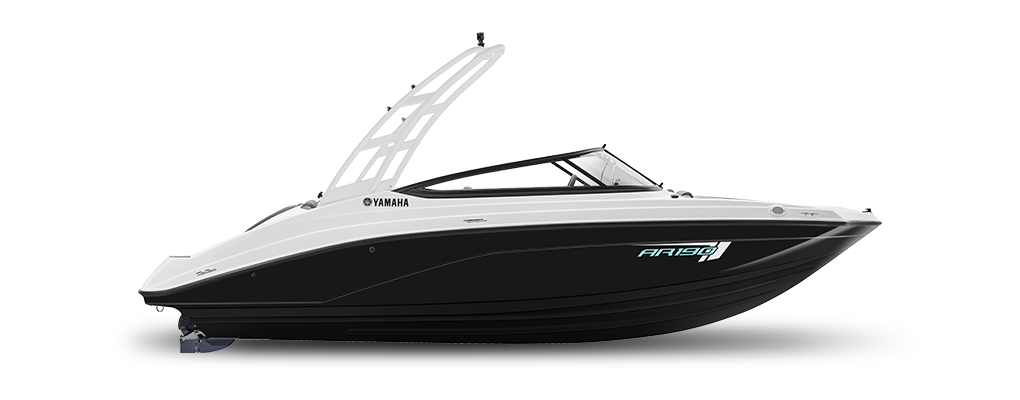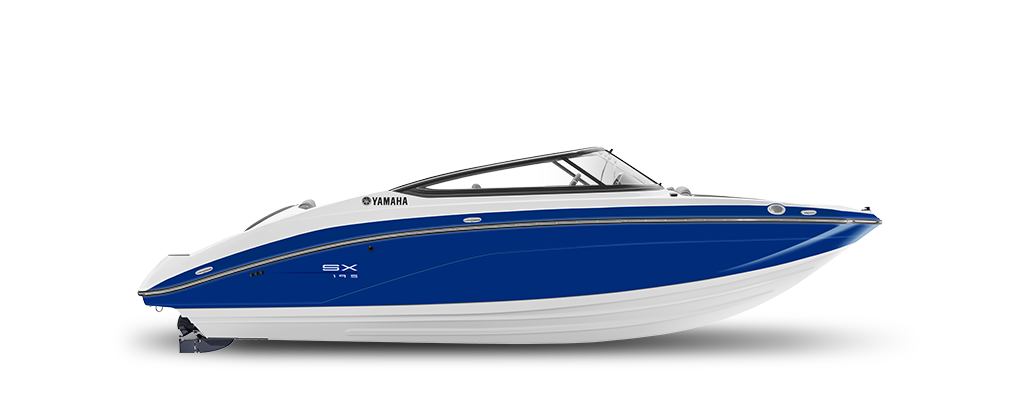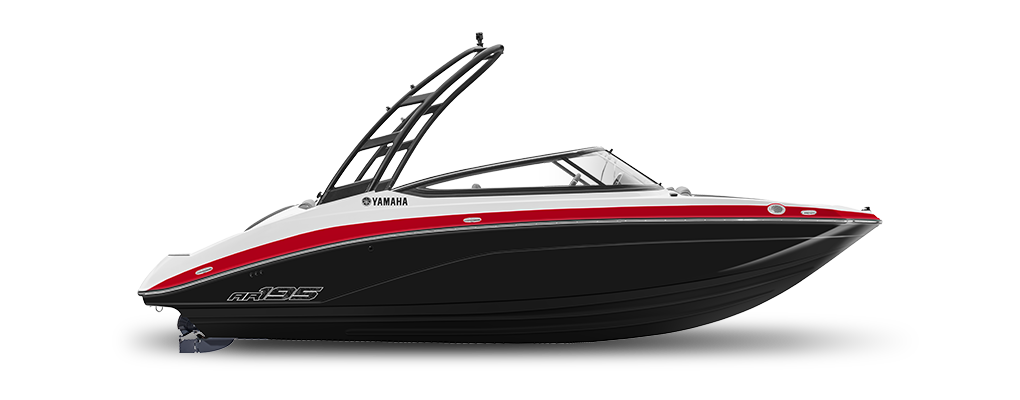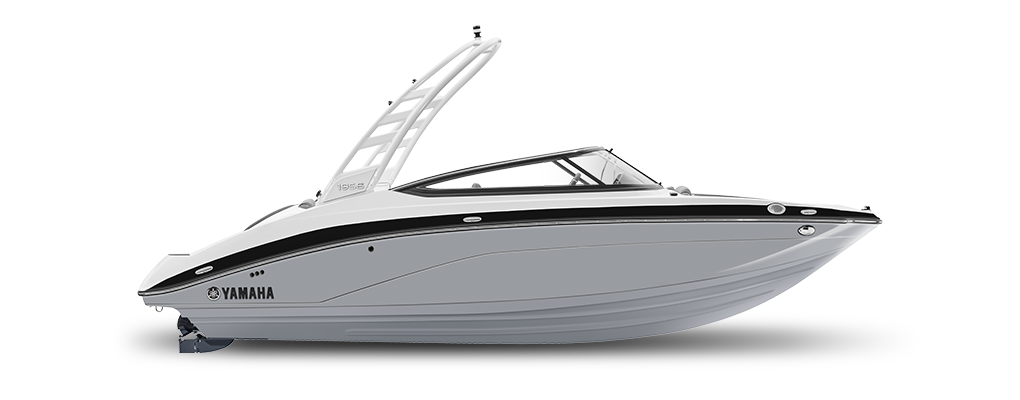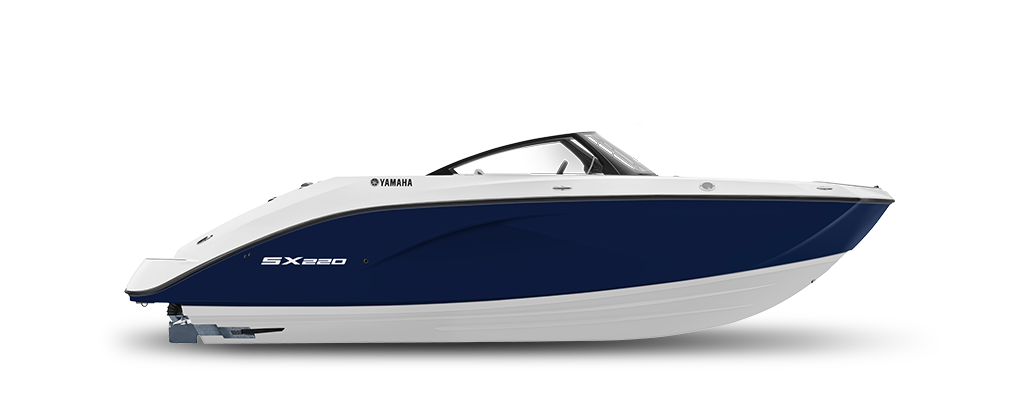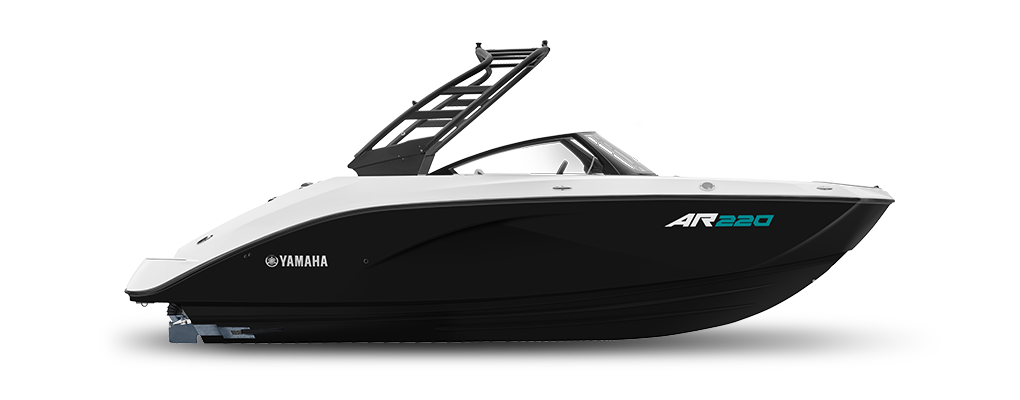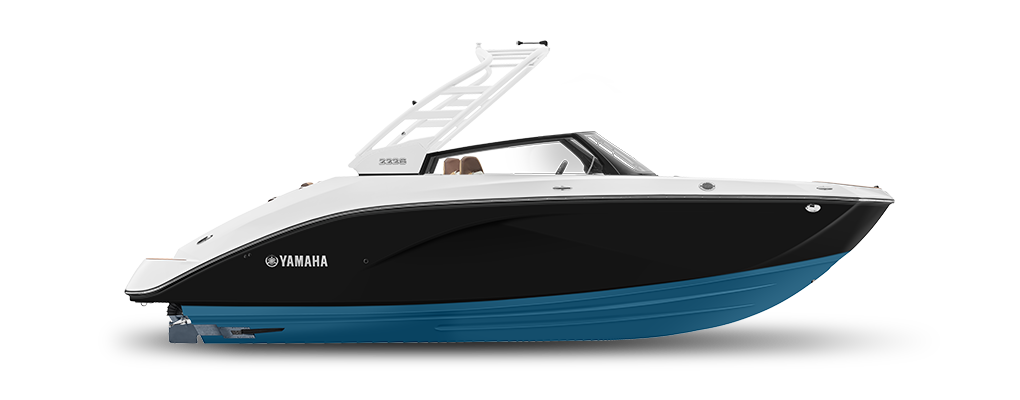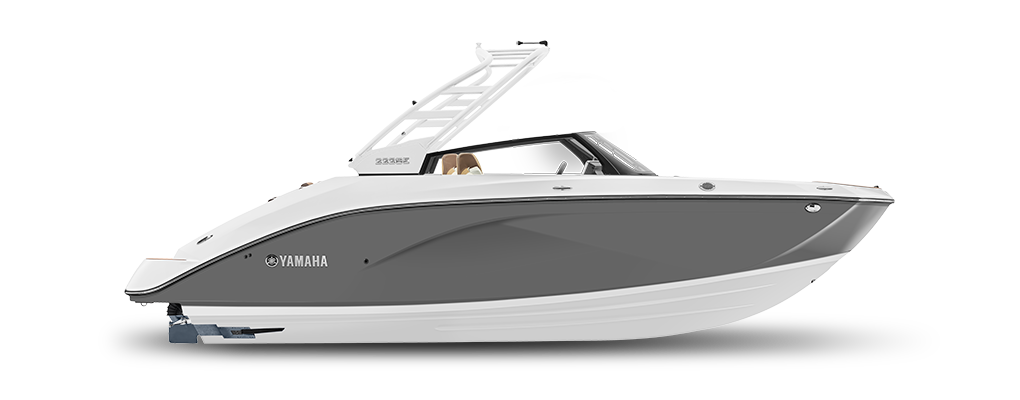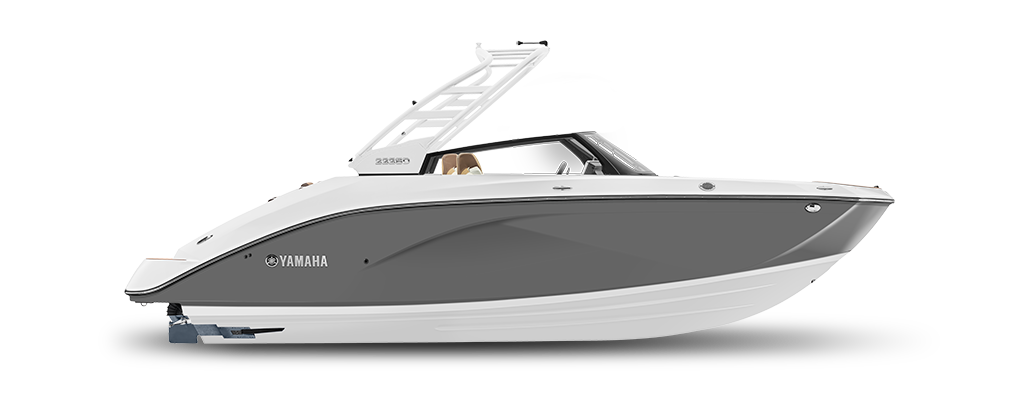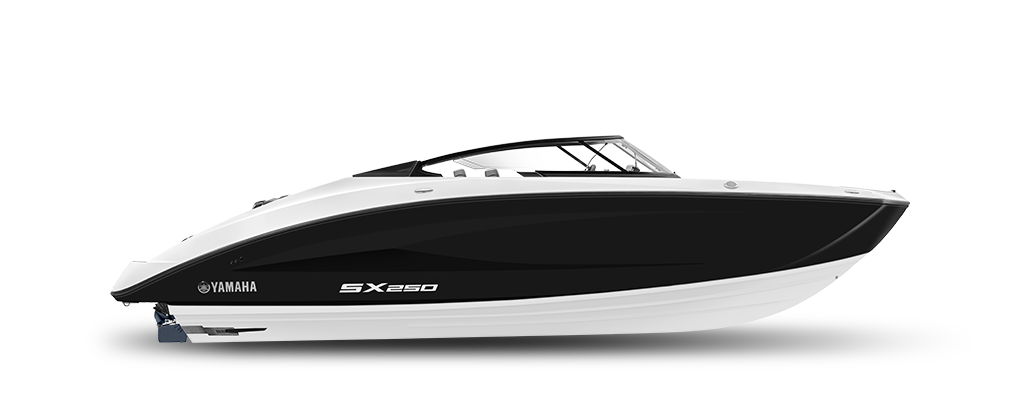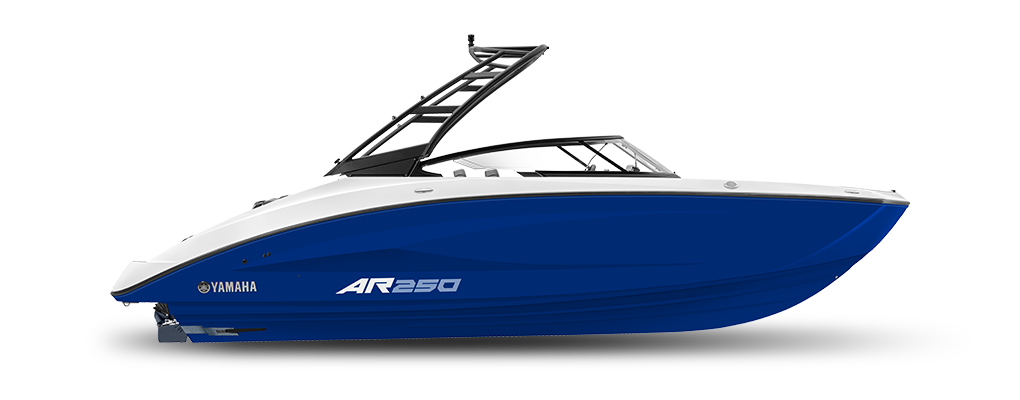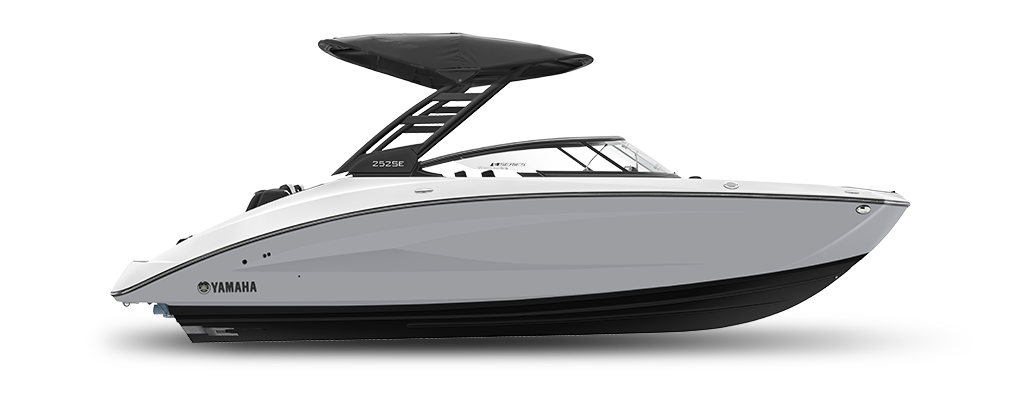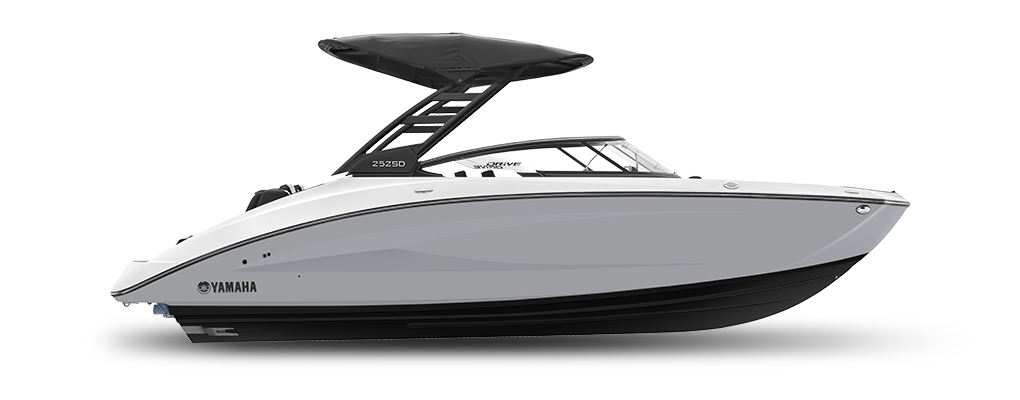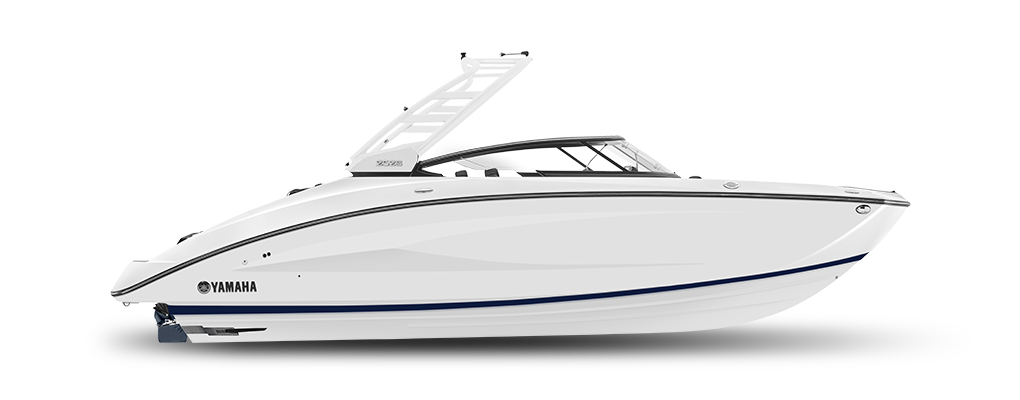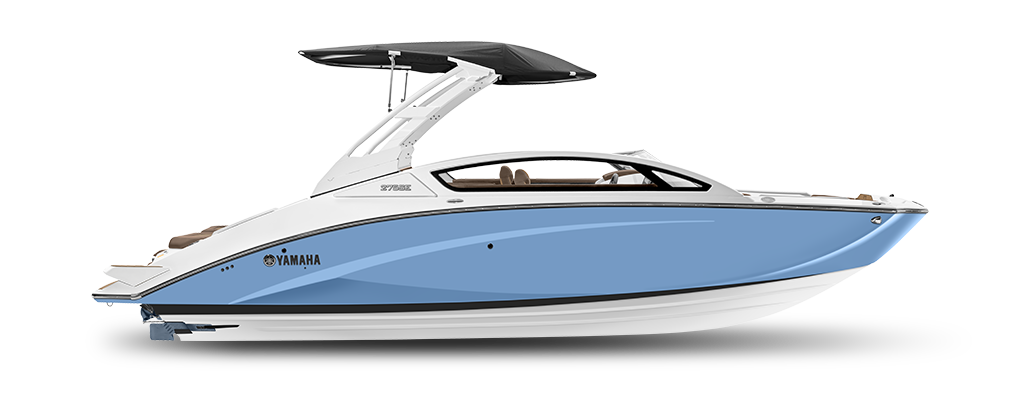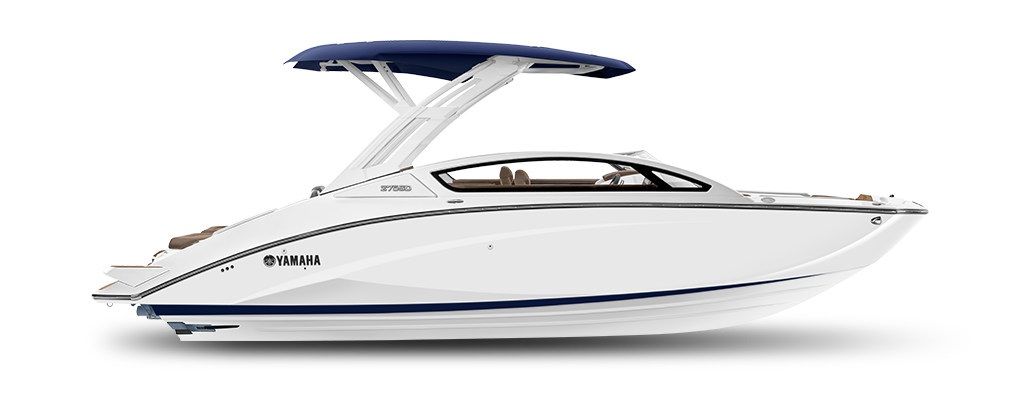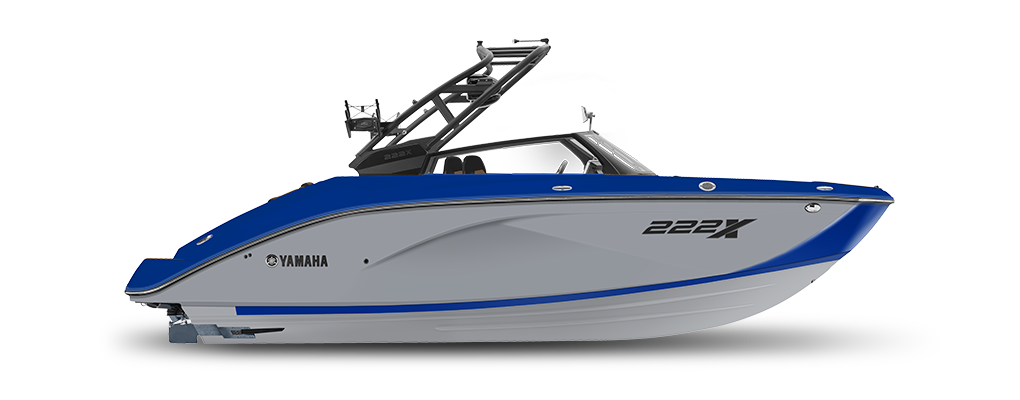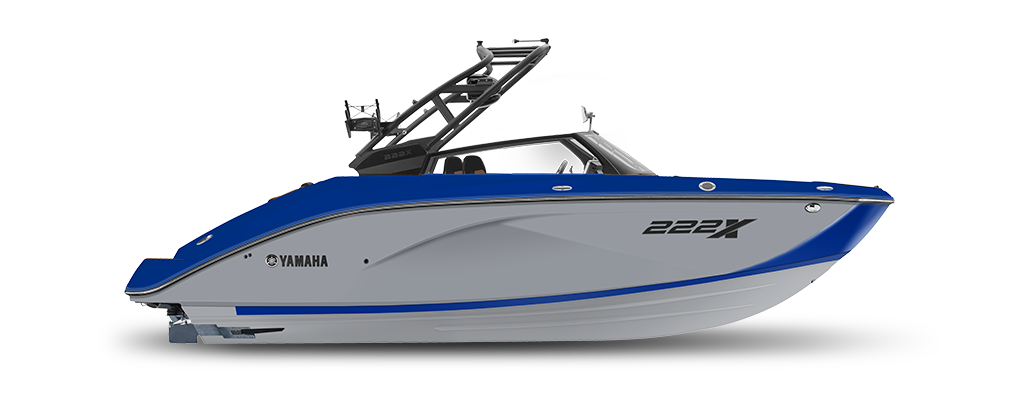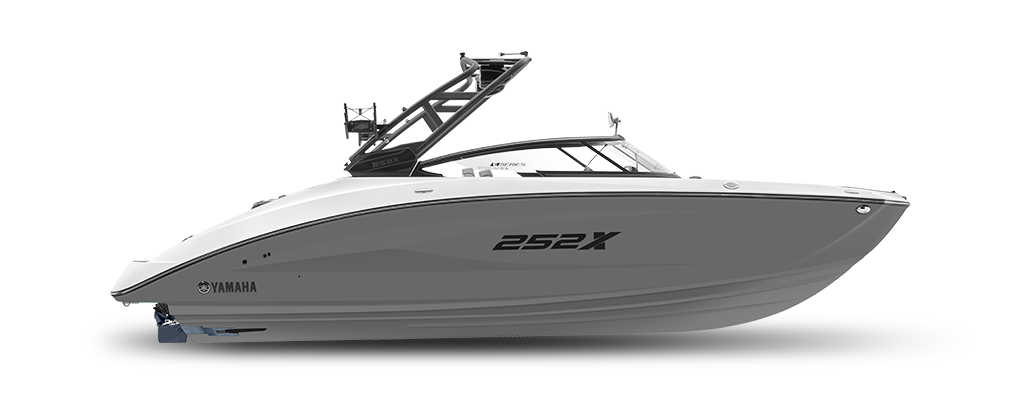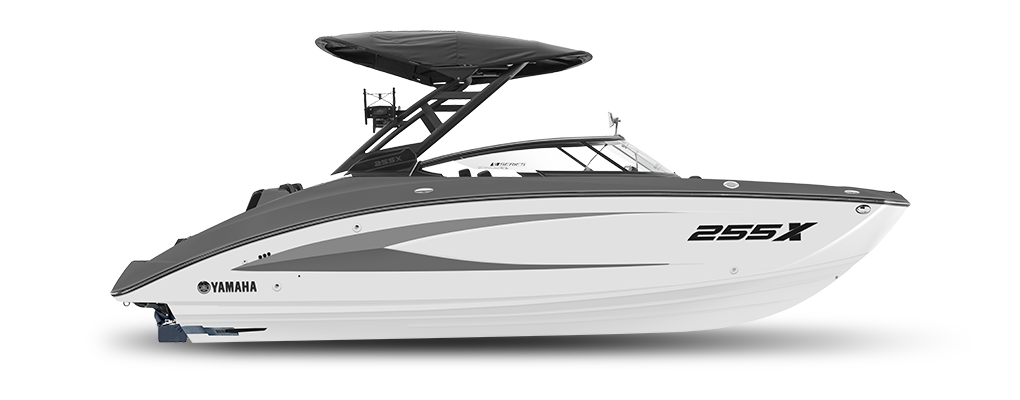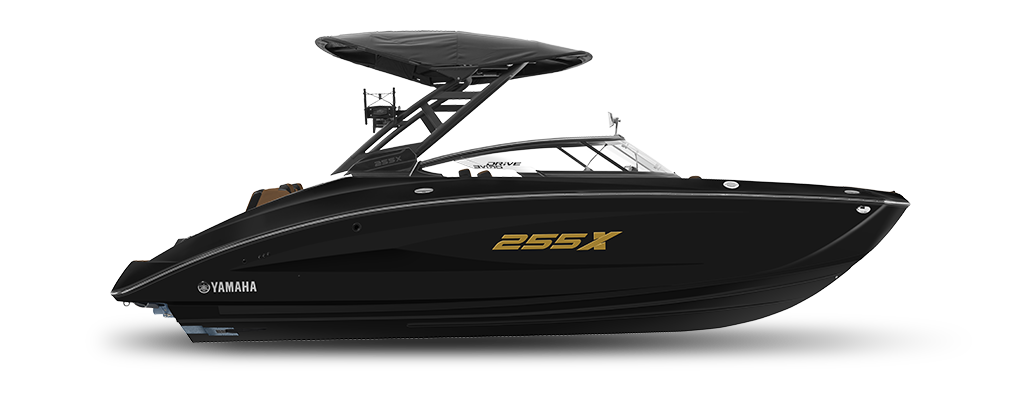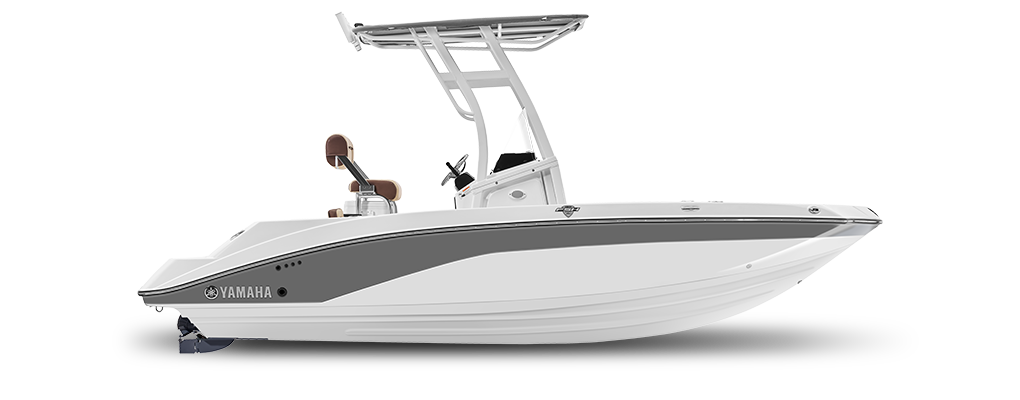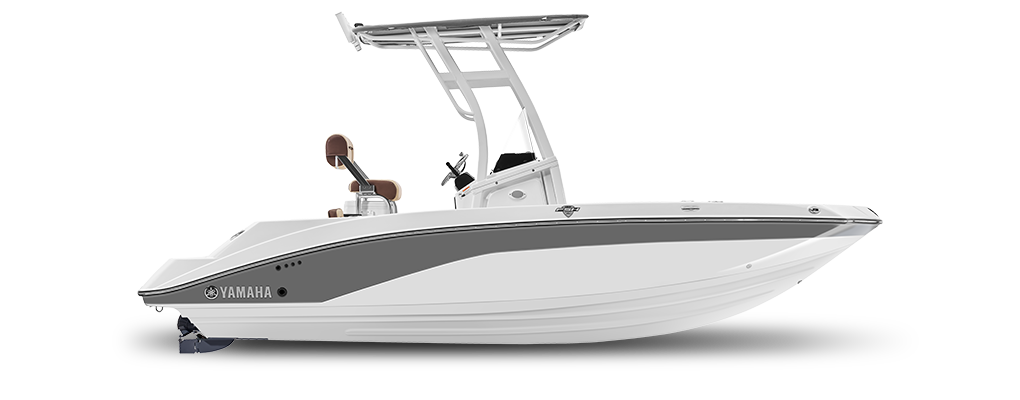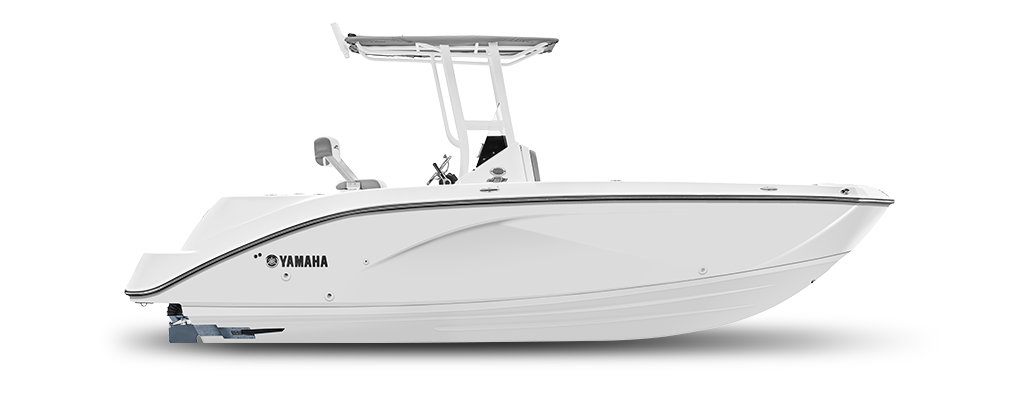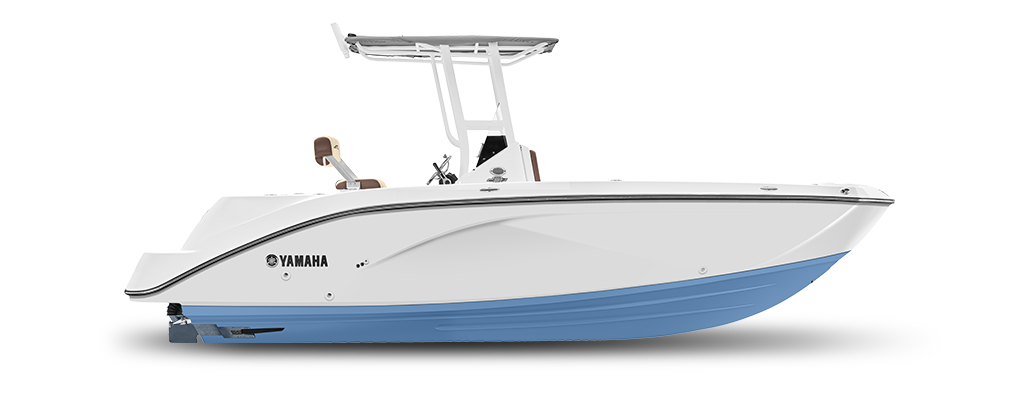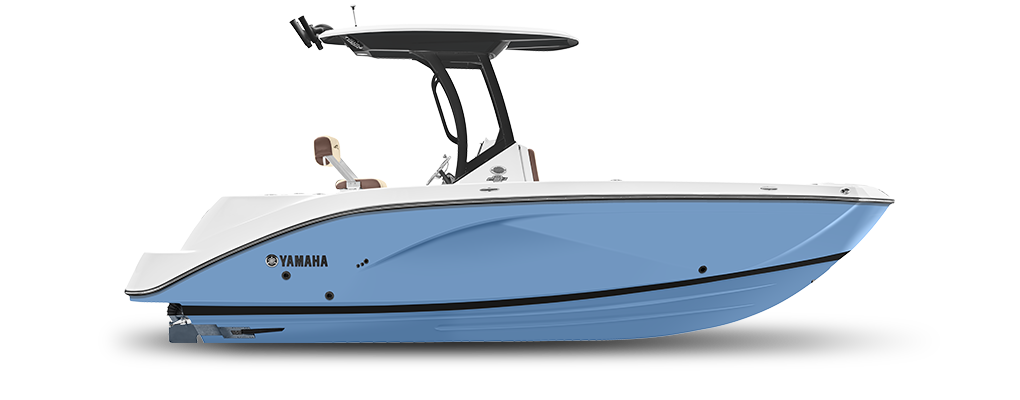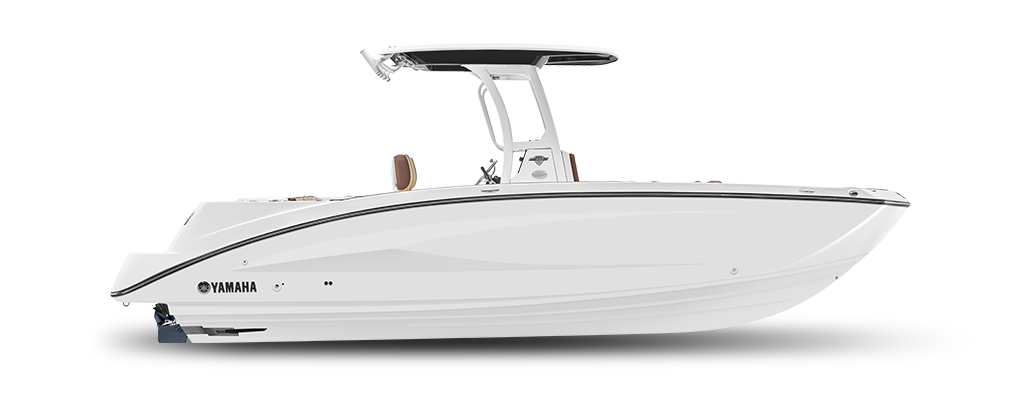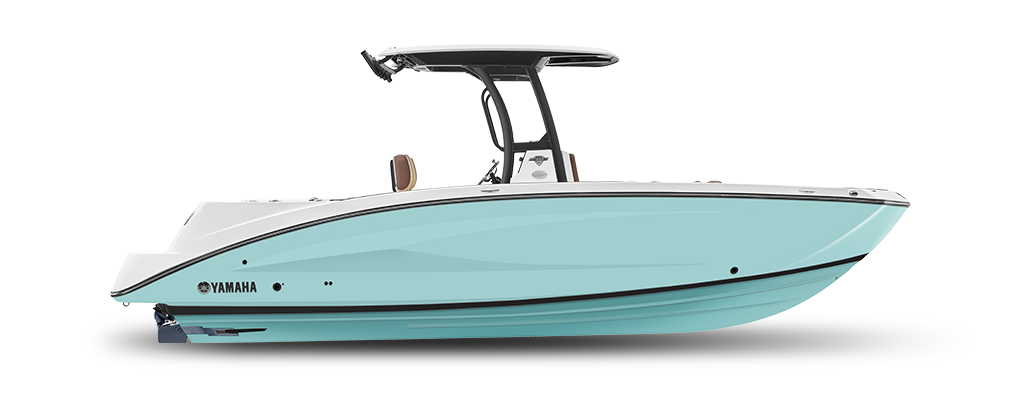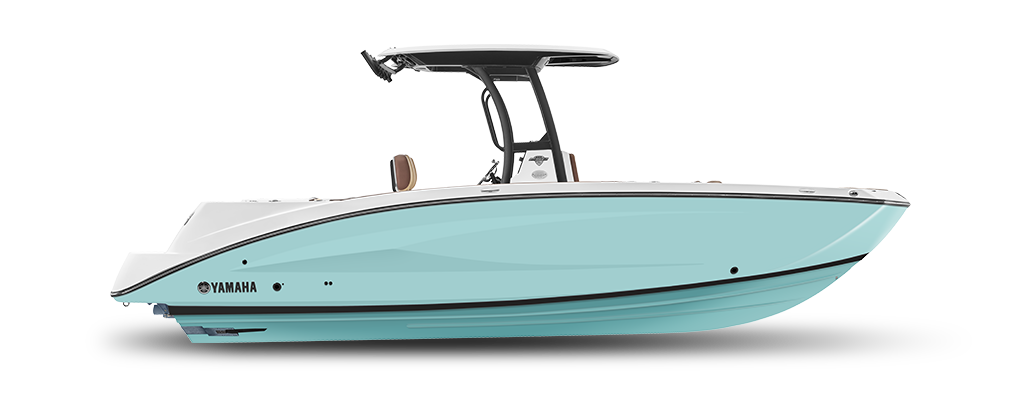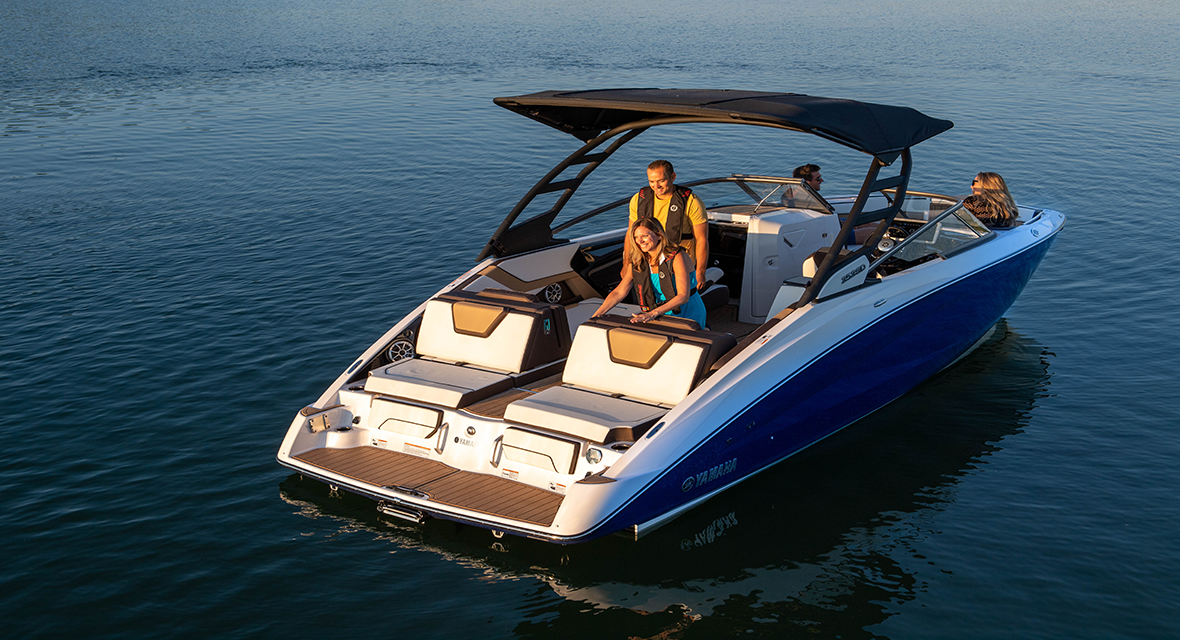Performing a pre-ride maintenance check on your Yamaha boat will help to ensure that your boat is properly maintained and ready to ride.
Before you begin, you should familiarize yourself with your owner's manual. If you no longer have a copy, you can download one for free from the Boating Resource section in the Yamaha Boats website.
Clean the inside of your Engine Compartment and Battery Terminals
First, we’re going to inspect the engine compartment for any signs of fuel or oil leakage or any possible loose or damaged components such as cooling hoses and electrical connections.
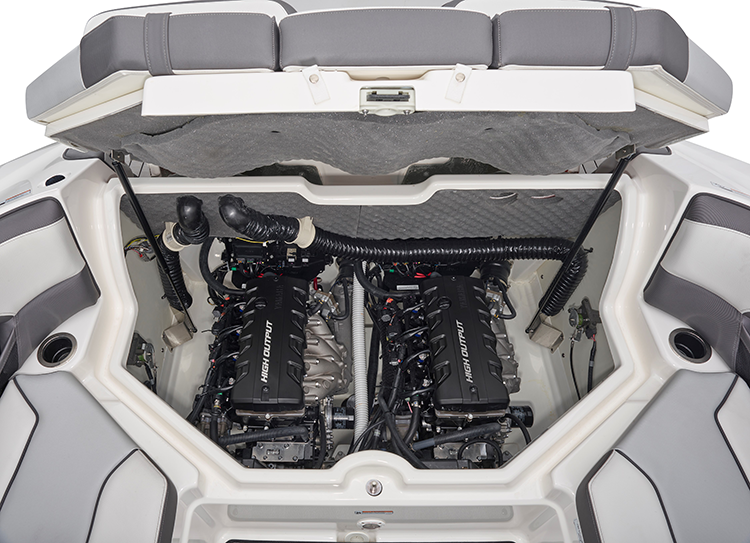
Open the engine compartment to allow any excess fuel vapors that may have accumulated to escape. It is also good practice to operate the engine blower fans for two minutes before starting the engines.
If the interior of the hull is dirty, use Yamalube Bilge Cleaner and follow the directions on the bottle. This step keeps the engine compartment clean and makes inspections much easier.
Now is also an excellent time to make sure that the battery terminals are also secure and clean. Corrosion or loose cables could leave you stranded or worse, damage your electrical system.
If the terminals are corroded, clean them with a wire brush and apply Yamalube Battery Terminal Cleaner and Protector. Then make sure the battery is strapped down securely.
Check your Oil Levels
Next, you're going to check the oil level. Yamaha boats have different procedures depending on the model. Models that utilize a screw-in style oil dipstick need to be checked once the engine is up to operating temperature. Newer models that have a pullout style dipstick should be checked cold. Check your owner’s manual for the exact method for your model.
First, you want to level the boat as best as possible. Remove the dipstick and wipe it clean. Reinsert the dipstick to check the oil level. It should be between the low and full marks. You should only need to add oil if it is below the low mark.
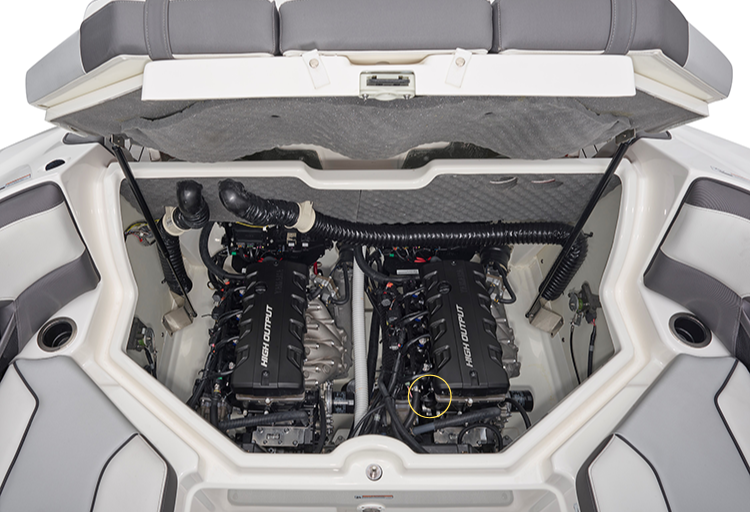
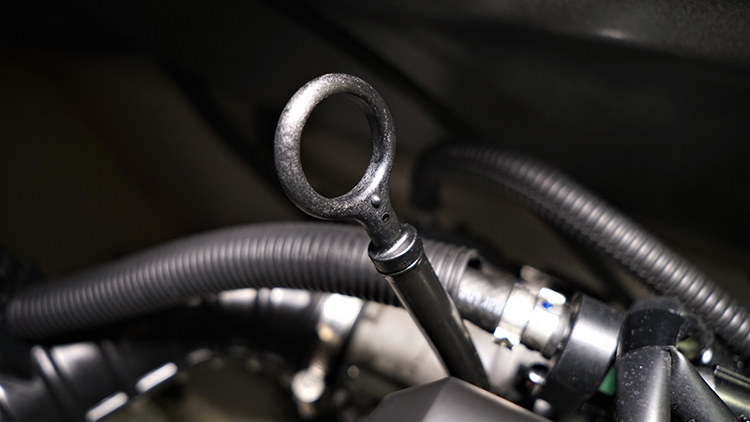
Be sure and use Yamalube 4W, which is designed explicitly for Yamaha four-stroke watercraft engines. Make sure that the oil level is not over the full mark otherwise oiling of the air filter or even worse engine damage could result.
Additional Areas to Look Over
Check to make sure that the throttle, steering and the reverse all works smoothly without binding. Check the cleanout plug(s) to verify that they are fully seated and in the locked position. Visually inspect the jet unit intake grate and hull looking for any other potential problems. Verify that the drain plugs are correctly installed if any of the fittings appear to be dry, lubricate them with Yamashield or Yamalube marine grease.
Be sure and check the operation of the start and stop switches. Install the lanyard and start the engine(s) as soon as the engine(s) starts, turn the engines off. Once again, start the engine(s), but pull the lanyard to kill the engine. This time make sure that the stop switches are working as they should and that the battery has sufficient charge to start the engine.
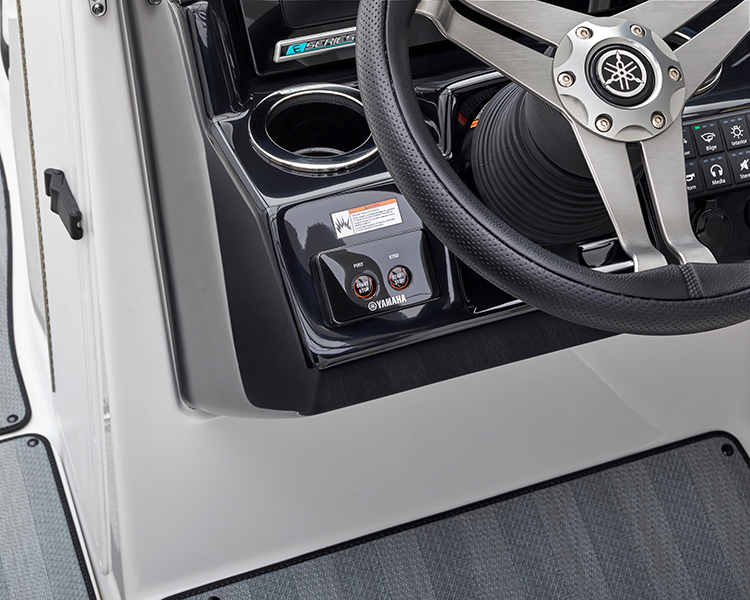
If you need to add gas, add some Yamalube Engine Med Plus to the fuel tank before filling. One ounce to every ten gallons of fuel will prevent carbon buildup in the engine and help keep your engine running at its peak. You should also add Yamalube Fuel Stabilizer and Conditioner Plus. One ounce to every three gallons of fuel for normal use. Both products have been designed to work with ethanol fuels specifically.
Once you're in the water and the engine(s) are running, verify that there is water coming out of the pilot outlet. Once you're done boating, be sure and perform the post-ride maintenance. This will help ensure that your boat will be ready to use the next time you're ready to ride. Thanks for watching.

